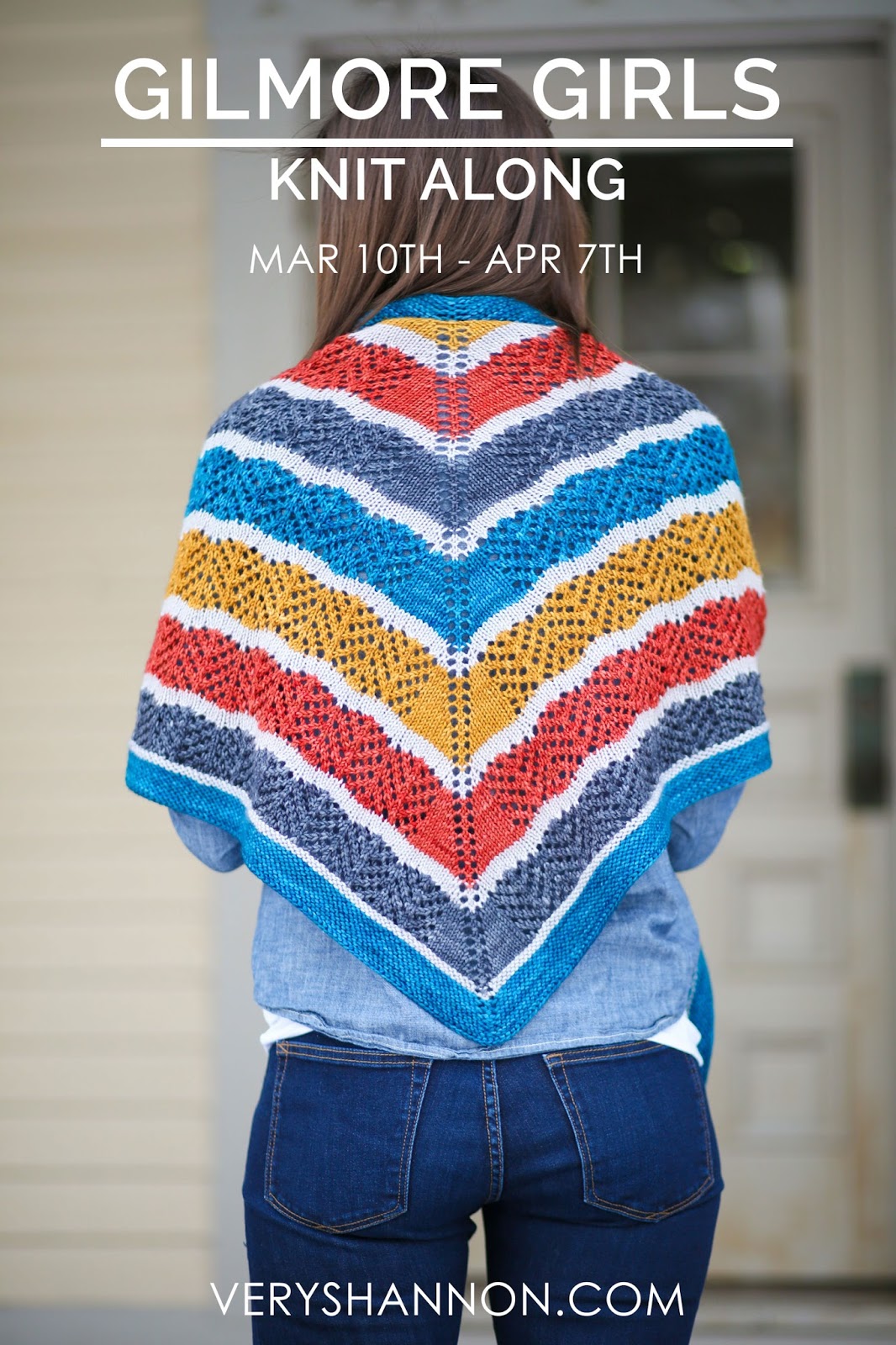We've got one of my fave knitting pals here on the blog today to kick off our "Tips & Techniques" portion of the Summer Sweater Knit Along!!!
Hilary Smith Callis of The Yarniad is an incredibly talented knitwear designer as well as a blogger and she's also one of our SSKAL14 sponsors! She's sweet, funny and just all around awesome. I adore her to bits and I think it's safe to say we both love a good cast-on. I was super excited when she decided to write you all up a great tutorial on the infamous Provisional Cast-
On! Don't fear the Provisional anymore! Give it a try! I promise it's not hard! So show Hilary some love - pin it, share it, tweet it and try it!
Here's Hilary.....
One of my favorite knitting techniques is the Provisional Cast On. A Provisional Cast On is a temporary cast on -- stitches are cast on in such a way that you can pick them up live later on and work them however you'd like. Say you're knitting a sweater from the bottom up, but you don't know how long you want it, or you haven't decided if you want ribbing or garter stitch at the hem, or maybe you really want to make it longer than the pattern calls for but you don't know if you are going to have enough yarn. The Provisional CO allows you to cast on without commitment and make all of those decisions later! As a designer, I love the flexibility this gives me.
There are a few different ways to do a Provisional CO, but today I'm going to show you my preferred method, which involves making a little crochet chain and picking up stitches from it. If you're not experienced with crochet or have never made a chain before, do not fear! I am the world's worst crocheter, and even I can do this.
For this technique you're going to need a
long length of scrap yarn close in weight to the yarn you'll ultimately be working with and, ideally, a
crochet hook. If you don't have a crochet hook, don't worry about it. You can actually fudge things using a knitting needle, as I have done many times. It's just a little easier with the hook.
To start things off, make a slip knot around your crochet hook (or knitting needle) as you usually would to cast on.
To chain one, wrap your yarn around the hook from back to front as shown below, then pull that yarn down through the loop currently on your hook. (If you're using a knitting needle, you can do the exact same thing by wrapping your yarn around your needle in the same manner, then pulling the yarn down through the existing loop with the tip. You may need to help things along with your fingers, but it will work.)
Keep repeating the step above until you have chained several more stitches than you ultimately want to cast on. For this tutorial, I will cast on 10 stitches, so I chained about 20.
When you're done chaining, break your yarn but don't pull it through and fasten it off. Pull one gigantic loop through, tighten it, and leave it like that. We will be "unzipping" the chain later on, and leaving a big ol' loop like this makes that step easier.
One side of your chain will look like this:
And the opposite side will be a series of little bumps. When viewed from the side, the bumps look like this:
You will now be picking up and knitting stitches from those bumps with your working yarn. To begin, insert your needle into a bump a few bumps in from the end of the chain
closest to the slip-knot (NOT the end closest to the big ol' loop -- you want to pick up stitches moving
towards the big ol' loop)...
...then pull a knit stitch through using your working yarn (the pink).
Keep picking up and knitting stitches from the chain's bumps until you have picked up the number of stitches you want to cast on (10 for me). Congratulations! You've completed your Provisional Cast On!
Then follow your pattern as it's written, pretending you don't have a crochet chain hanging from the bottom of your work. I knit a little swatch of Stockinette Stitch flat, but there's no reason you couldn't do fancy stitches or join to work in the round either.
When you've finished your knitting and it comes time to get rid of that crochet chain and put your cast-on stitches back on the needles, flip it over so the crochet chain is on top. You will be work from right to left with the RS of your work facing you and the "big ol' loop" end of the crochet chain will be at the right.
The first stitch you put back on your knitting needle will be a funny little loop; a nub of a stitch. It won't look like a real stitch, but if you ignore it, you will end up with one less stitch than you want. Before you do anything with the crochet chain, insert your needle through this "stitch" from the back...
...then from the back through the next real-looking stitch to its left.
Now, pull on the cut end of your scrap/chain yarn to undo the big ol' loop...
...and keep pulling gently until you've "unzipped", or undone, the chains inside the two stitches on your knitting needle.
Place the next stitch on your knitting needle from the back, and unzip one more chain...
...and keep repeating that last step until all of the stitches you originally cast on are on your knitting needle.
From here, the possibilities are endless! If this is the bottom of a sweater we're talking about, you can add some extra length, create a pretty hem or a fancy edging, or perhaps you simply want to knit a few rows in garter stitch and bind off. If you Provisionally Cast On the neckline stitches of a top-down sweater, you can now add the collar you want. It's up to you!
Thanks so much for being on the blog today Hilary! Luv ya hun! You can find all things Hilary Smith Callis HERE on her website The Yarniad.
You can find more tutorials, tips & techniques HERE on our website! We hope you're enjoying the Summer Sweater Knit Along so far! Make sure to tag your work with hashtag #sskal14 and if you blog about the KAL share the link in the comments below.
THIS POST IS PROUDLY SPONSORED BY



























































































































































































